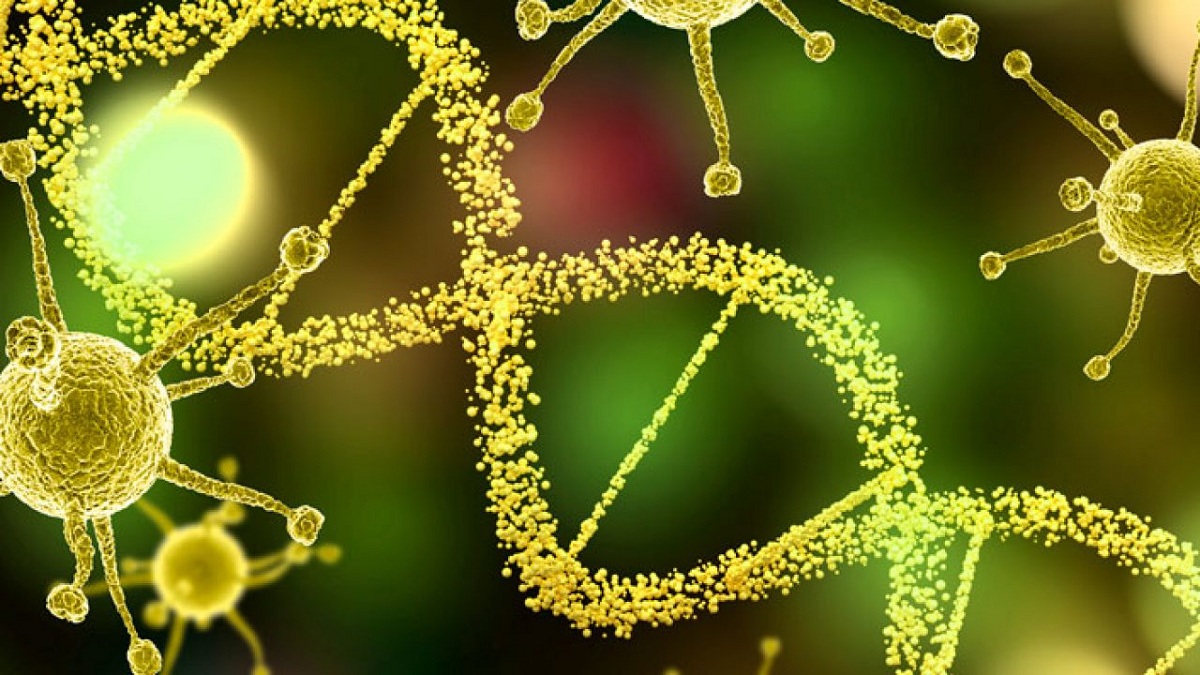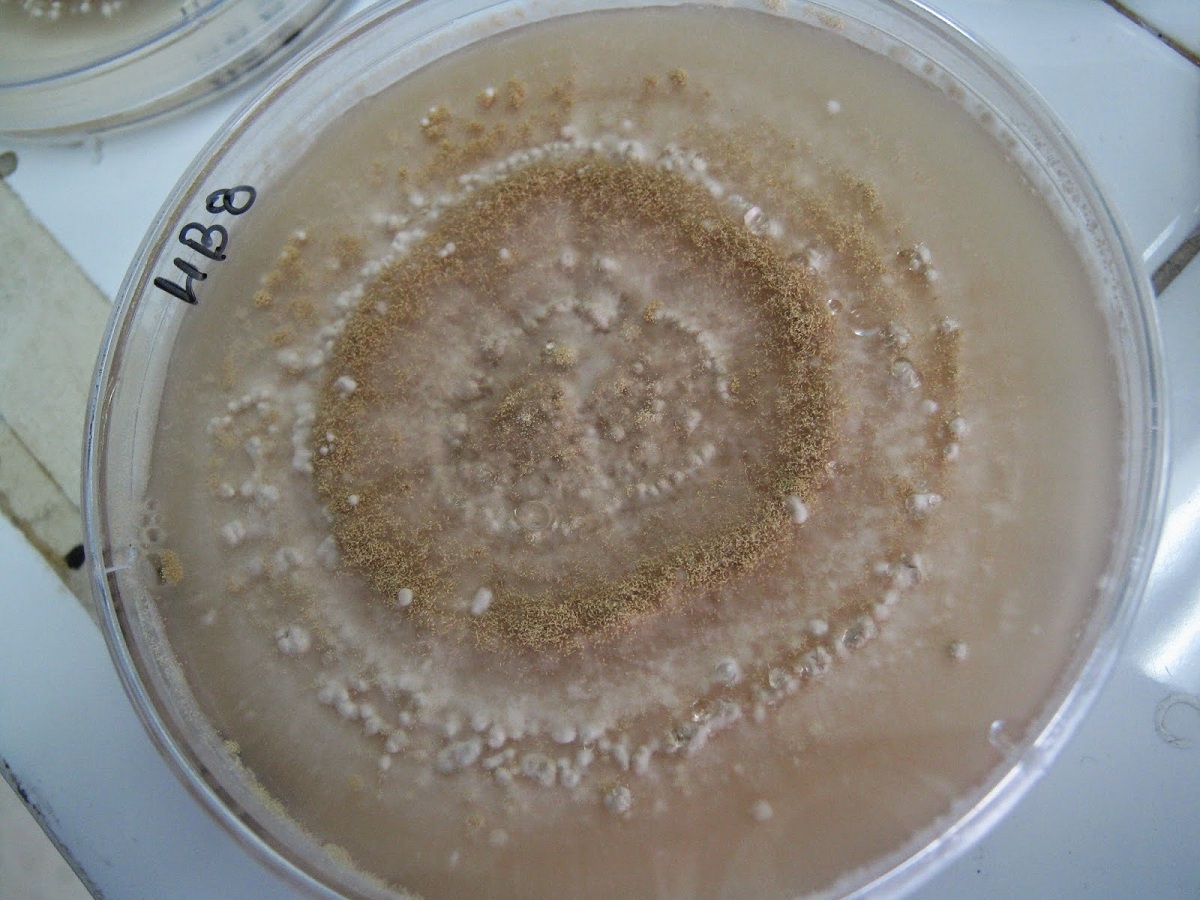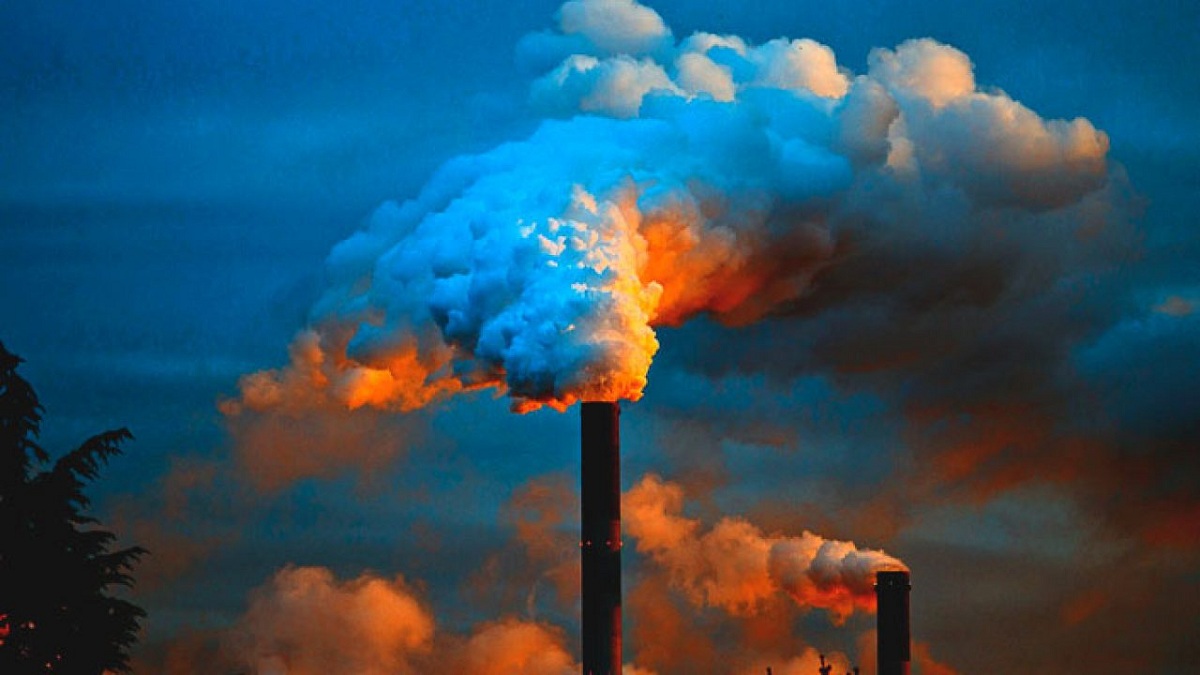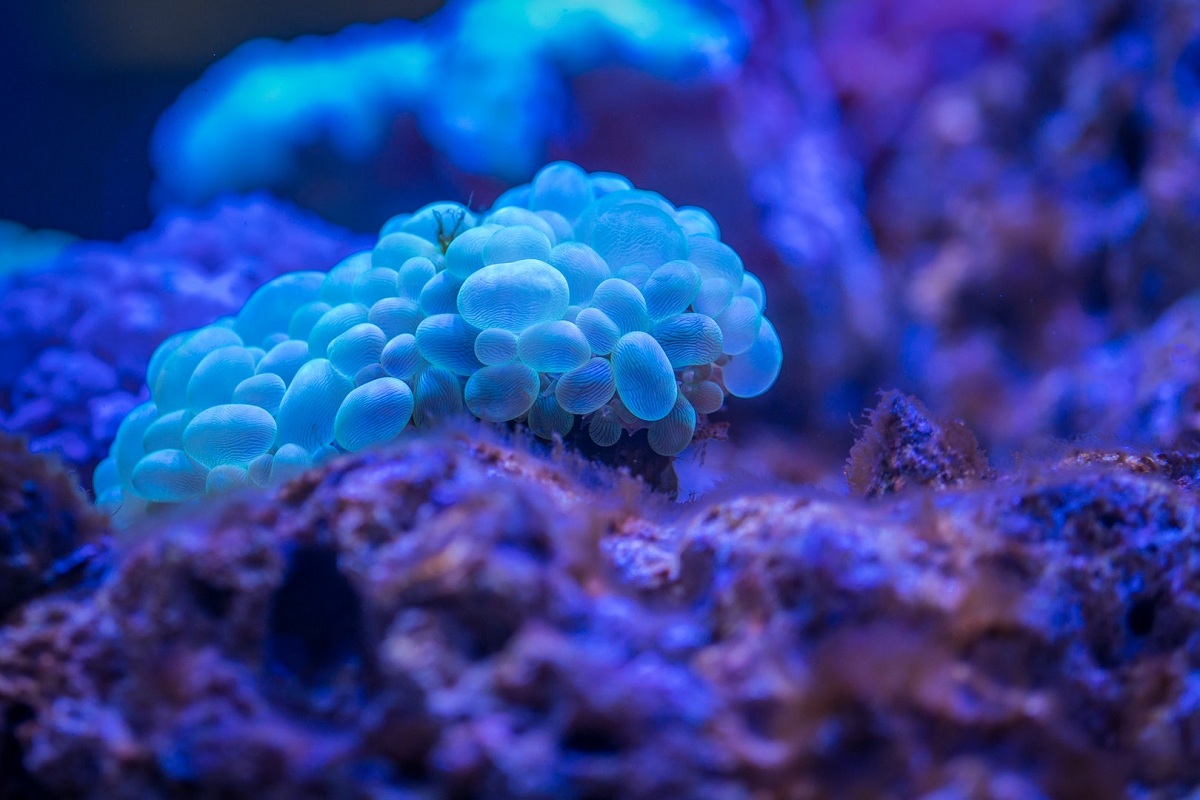
We know that our planet there are numerous types of pollution due to human beings that, with their economic activities, degrade the environment. One of these types of degradation is biological contamination. It is one that is caused by organisms of a certain life cycle and that can inhabit environments where it can degrade both air, water, soil and food.
In this article we are going to tell you everything you need to know about biological contamination, what is its origin and its consequences.
What is biological contamination

Biological contamination is caused by organisms with a certain life cycle, in this process, to carry out this cycle, they live in an environment that can reduce the quality of air, water, soil and food, representing a great danger to organisms. . Causes infectious or parasitic diseases. Therefore, when this type of organism infects the aforementioned environment, biological contamination occurs that damages many organisms that use these resources for their life cycles.
Among the organisms that cause biological contamination, we highlight:
- The bacteria.
- Protozoa.
- Mushrooms.
- Helminths.
- The virus.
- Arthropods.
Types of biological contamination
Depending on the place and the type of organism causing the contamination, there are different types. Let's see which are the main ones:
- Biological contamination in water: water can contain most of the decomposed organic matter and pathogenic microorganisms from sewage, agricultural activities, or industrial discharges.
- Biological air pollution: Biological air pollutants can be seen everywhere, whether indoors or outdoors. Both humans and animals leave viruses and bacteria that can affect other humans and animals. Poor ventilation or relative humidity are factors that contribute to the growth of biological contaminants.
- Biological contamination in the soil: Bacteria and viruses can also make the soil worse, because it also receives household garbage, livestock activities, sewage, etc.
- Biological contamination in food: Food can be affected by biological contaminants Biological contaminants are any type of organism that can modify the composition of food to make it unsuitable for consumption.
Main biological pollutants

Biological contamination can be caused by different biological pollutants, which can be divided into:
- Bacteria: pathogens can cause illnesses like pneumonia or food-related illnesses like Salmonella.
- Protozoa: They are simple unicellular microorganisms that cause diseases in humans. Many diseases caused by protozoa are malaria, amoebiasis, and sleeping sickness.
- Virus: A cell-free infectious agent that grows and develops in the cells of other organisms. They are the cause of many diseases of plants, animals and humans, as well as AIDS, hepatitis, smallpox or measles.
- Helminths: They are free-living worms or human parasites that cannot reproduce in humans as adults. These can cause disease, some examples are tapeworms, worms or leeches.
- Mushrooms: Because fungi cannot synthesize their own nutrients, they are forced to parasitize in organisms. Sometimes these fungi are harmless and will not cause any type of infection. However, pathogenic fungi can affect any organ, but the most common are superficial infections such as the skin or nails.
- Arthropods: In arthropods, mites can cause skin diseases as well as being a source of allergens. Scabies is a contagious skin disease caused by scabies mites.
Although we can also consider dividing biological contaminants into four groups according to the infection risk index:
- 1 Group: In this group are those biological agents that are unlikely to cause human disease.
- 2 Group: However, this includes biological pathogens that can cause human disease, although there are effective treatments to treat it and they are not easily spread.
- 3 Group: Biological pathogens in this group can cause serious illness and spread, but there are generally effective treatments. The bacteria that cause tuberculosis or hepatitis or HIV are examples.
- 4 Group: This group is the most dangerous pathogen, it spreads easily, and there is generally no effective treatment.
Causes and consequences

Biological contamination is caused by the discharge of pollutants in solid, liquid or gaseous state. They usually come from processes that occur in the following processes:
- Different types of industries.
- Microbiology Laboratory.
- Food production.
- Agricultural workers.
- Hygiene work, especially in hospitals.
- Remove residues.
- Sewage treatment.
- Any activity that has contact with living beings.
It should be considered that conditions such as the presence of nutrients, humidity and temperature must be met to facilitate the activity of biological pollutants.
In short, biological contamination has caused a large number of diseases in any type of organism, and they are very diverse. Thanks to advances in medicine, today we can treat most diseases caused by biological pollutants. Although new pollutants keep appearing, it is not always easy to deal with them or find a prevention or treatment method.
This topic is to reflect on the importance of polluting our environment as little as possible, because depending on where you live and your economic capacity, it is easier for you to receive treatment to face the disease.
Prevention of biological contamination
Although microorganisms are difficult to control, the fact is that biological contamination can be avoided by taking the following steps:
- Clean and disinfect items frequently that we use and the space in which we live.
- Handle and properly manage the waste generated in our homes, offices or work, and avoid direct contact with them.
- Dispose of organic waste in designated containers.
- During the working day, both in the office and on the spot, proper hygiene measures must be observed.
- Periodic physical exams to avoid viruses or infections that can even affect people or animals around us.
- Train and encourage employees to comply with the sanitary measures of the company.
- Educate children about hygiene and disease prevention.
I hope that with this information you can learn more about biological contamination and its characteristics.